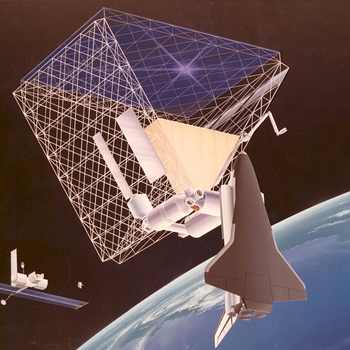How does einstein's equation change the law of conservation of energy?
1 Answer
Einstein's equation gave a new way to look at energy and matter, thus conservation includes matter, a new form of energy.
Explanation:
According to Einstein's famous equation
the energy E of a physical system is numerically equal to the product of its mass m and the speed of light c squared.
Let us try to understand the meaning by taking a few examples ?
Example -1
The bombardment of a Lithium nucleus by protons is a good example for discussing mass-energy equivalence in collisions where the number of particles is conserved.
Cockcroft and Walton were the first to observe the release of two α- particles when a proton p collides with a 7Li nucleus. The reaction is -
here the number of particles is conserved . The sum of the rest-masses of the proton and the 7Li nucleus is greater than the sum of the rest-masses of the two α-particles.
However if energy conservation is tested taking mass and energy together the equation holds the conservation.
Example -2
The most critical example is pair annihilation.
Let us consider a collision between an electron e− and a positron e+, which yields
two photons 2 γ.
Symbolically, the reaction is written as follows:
the products ( photons ) in above reaction have zero rest-mass.
Thus,the rest-masses of the incoming electron and positron seems to “disappear” and an equivalent amount of energy “appears” as the energy of the outgoing photons.
So, the Law of conservation of energy has to put the mass on the same pedestal as energy with inter convertibility.

